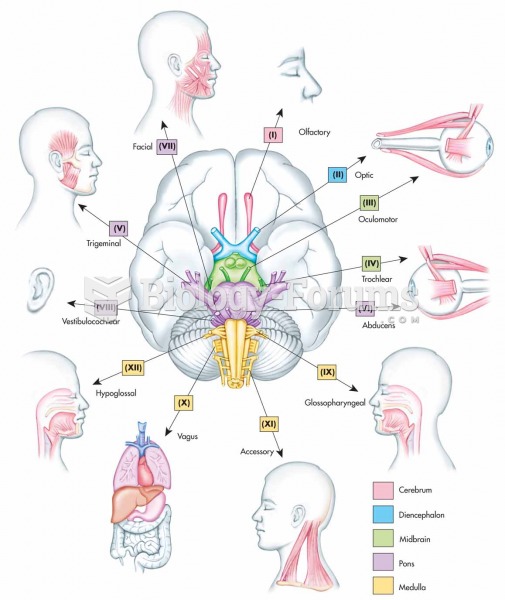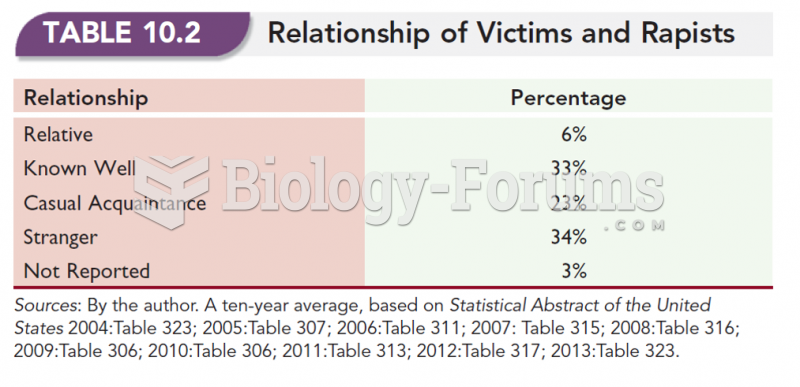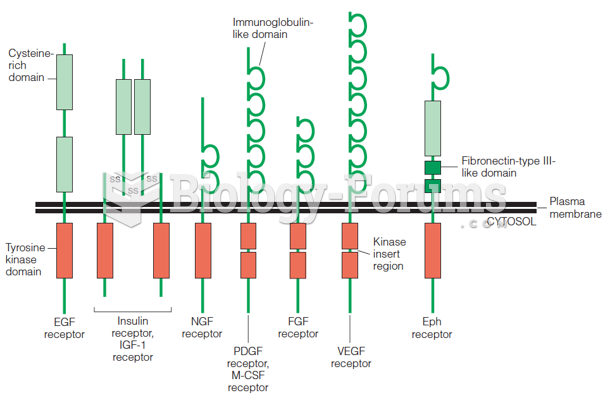Answer to Question 1
F
Answer to Question 2
Answer: Until about 1930, there were no special labor laws. Employers were not required to engage in collective bargaining with employees and were virtually unrestrained in their behavior toward unions; the use of spies and firing of union agitators were widespread. Yellow dog contracts, whereby management could require nonunion membership as a condition for employment, were widely enforced. Most union weaponseven strikeswere illegal. This one-sided situation lasted until the Great Depression (around 1930). The Norris-LaGuardia Act of 1932 set the stage for a new era in which union activity was encouraged. It guaranteed to each employee the right to bargain collectively free from interference, restraint, or coercion. It limited the courts' abilities to issue injunctions (stop orders) for activities such as peaceful picketing and payment of strike benefits. In 1935, Congress passed the National Labor Relations (or Wagner) Act to add teeth to Norris-LaGuardia. It did this by (1) banning certain unfair labor practices, (2) providing for secret-ballot elections and majority rule for determining whether a firm's employees would unionize, and (3) creating the National Labor Relations Board (NLRB) to enforce these two provisions.







